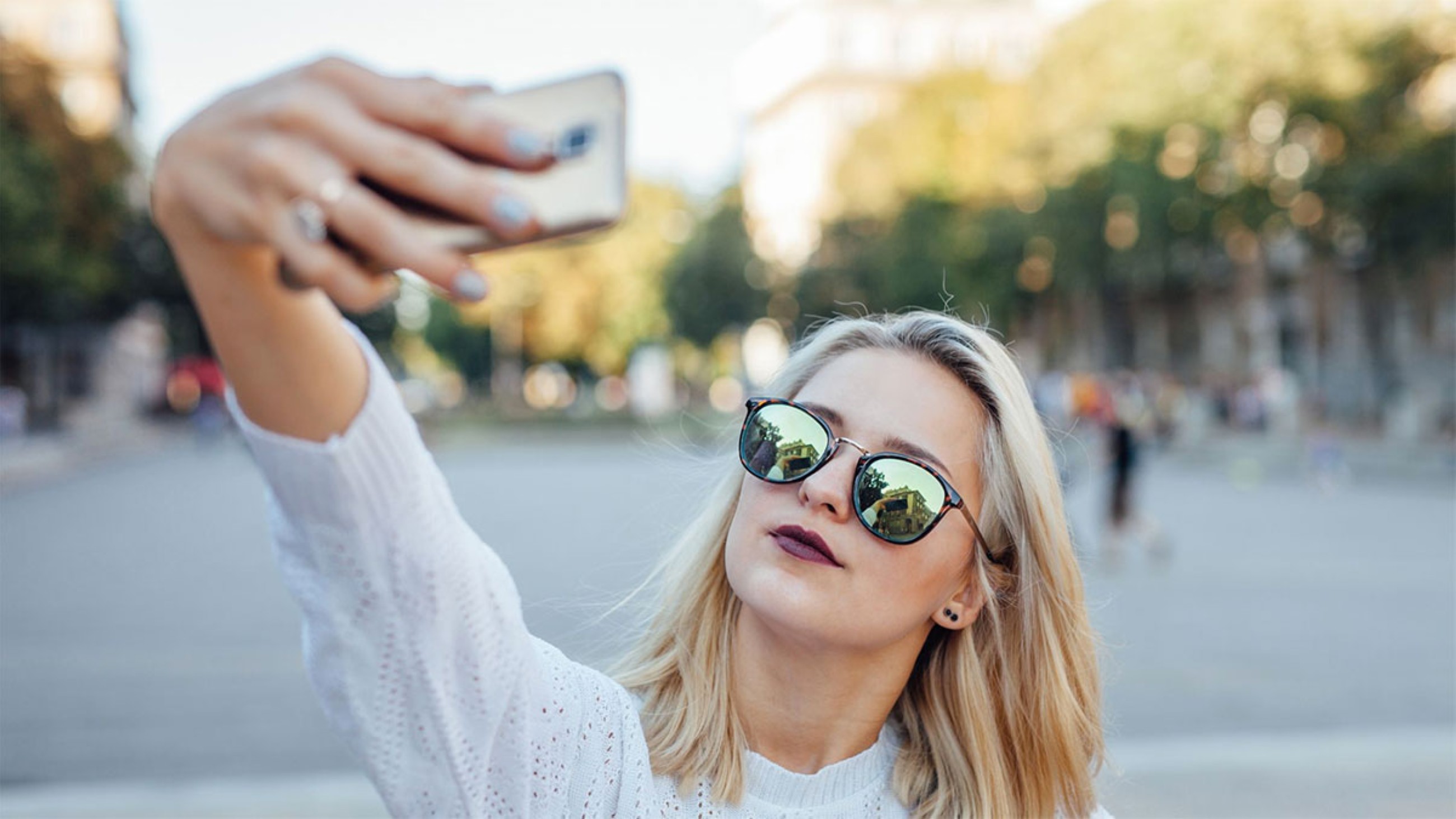The Selfie Phenomenon: How Digital Culture is Redefining Our Lives
In the era of ubiquitous technology, the phenomenon of the selfie has emerged as a powerful cultural marker, shaping the way we engage with our surroundings and interact with one another. Whether it is from the scenic vistas of the Eiffel Tower or the serene beauty of the Taj Mahal, individuals are increasingly compelled to capture and curate their experiences through the lens of their smartphones. Gone are the days when a photograph was reserved for a significant milestone; today, even the most mundane activities are transformed into social currency through the ubiquitous sharing of self-portraits.
The transition from traditional photography to this modern digital practice epitomizes a significant shift in cultural behavior. Once an occasional souvenir, the selfie has morphed into a daily ritual for many. From capturing meticulously arranged meals and fashionable outfits to chronicling routine exercises and even philanthropic moments, our lives are now on a constant display. Individuals pose in front of mirrors to showcase their physical achievements, drawing attention not merely to their environment but to themselves as the focal point of their narratives.
Public transport has not been exempt from this trend. Commuters, despite being enveloped in a sea of fellow passengers, often find solace in the glow of their screens. In popular tourist destinations such as Rome, a concerning sight has emerged: individuals turning their backs on monumental art and architecture, prioritizing the craft of self-presentation over artistic appreciation. This reciprocal relationship between digital engagement and real-world experiences raises questions about the implications of such behavior on our collective social fabric.
The rise of social media has significantly influenced our proclivity to document every moment. Platforms like Instagram and Snapchat have not only popularized the selfie but have also shaped the criteria by which experiences are evaluated. The immediate accessibility of likes and comments creates a feedback loop that encourages individuals to continually seek validation through shared images. One might wonder: How did we navigate social interactions and maintain communication before the advent of these digital norms?
This reflection prompts the consideration of engaging in a “digital detox,” perhaps even designating a day devoid of mobile devices. A moment of stillness without the incessant pull of social media poses an intriguing challenge for many. How many among us could truly forgo the smartphone for an entire day, disconnecting from the digital world and confronting the analog reality?
While the convenience and connectivity afforded by technology are undeniable, the impact on interpersonal relationships cannot be understated. As our phones dominate our attention, the quality of conversation and direct engagement risks diminishing. The immediacy of digital communication may foster a sense of connectivity, yet it often detracts from the richness of face-to-face interactions.
Moreover, this societal shift merits deeper contemplation regarding values and priorities. As we become increasingly reliant on digital expressions of self-worth, the authentic human experience can become overshadowed. Genuine conversations filled with laughter and vulnerability can give way to curated images and superficial interactions, challenging the timeless bonds of friendship and kinship.
An exploration of this evolving landscape necessitates a broader conversation on the implications of our digital identities and the role selfies play in constructing them. It also invites questions about representation: Who gets to be seen, and at what cost?
In conclusion, the selfie phenomenon encapsulates much more than a simple act of self-photographing; it reflects a vast transformation in how we perceive ourselves and others in a continuously connected world. A process of self-documentation has emerged that both enriches and complicates our human experiences. As we navigate this duality, it remains essential to balance our digital portrayals with authentic interactions and genuine connections. Indeed, understanding this balance will be crucial for both individual well-being and the health of our communities as we move forward in this digital age.
Tags:
#LifestyleNews #CommunitiesNews #UAE #WorldNews

